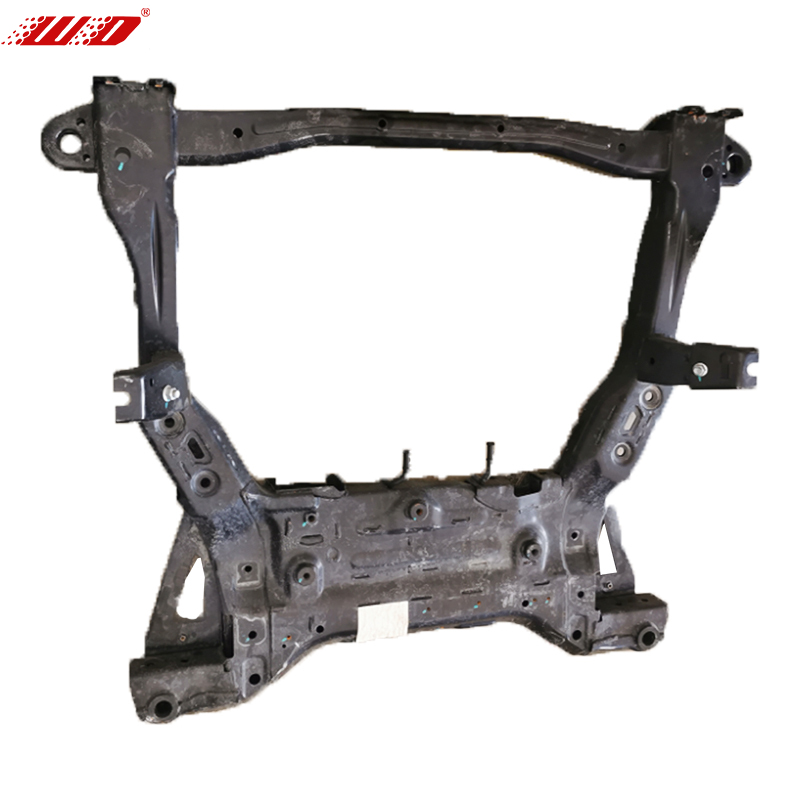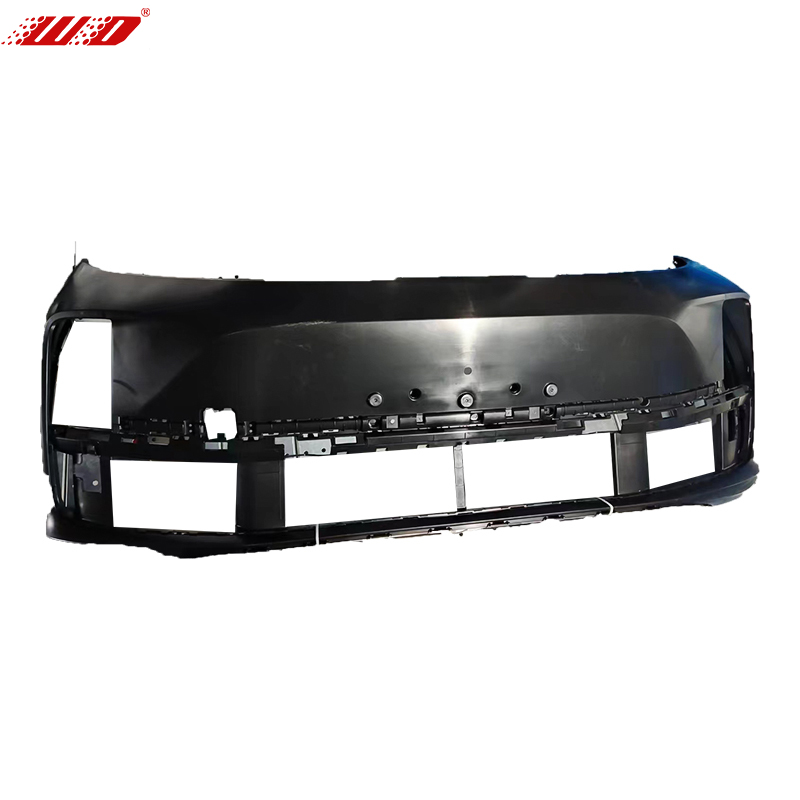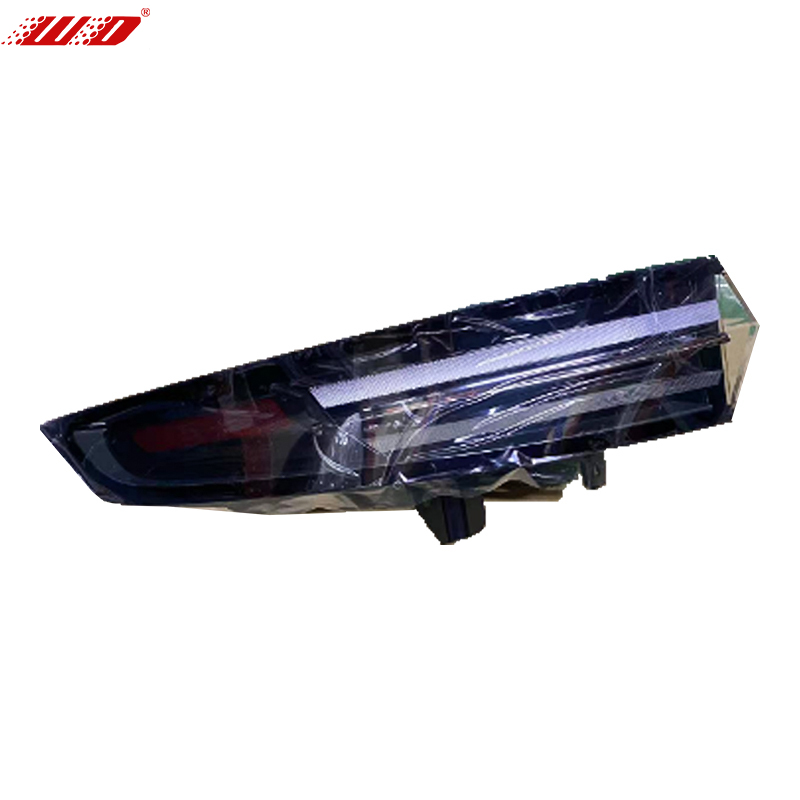Maintaining a vehicle in top condition requires regular inspections and timely part replacements. Over time, components wear down from friction, heat, and environmental exposure. Some parts need routine maintenance, while others must be replaced after years of service or when problems occur. Di bawah ini adalah a gambaran yang komprehensif yang paling sering diganti suku cadang mobil in passenger cars, including reasons for replacement, typical lifespans, warning signs, and maintenance tips.
1. Oli Mesin dan Filter Oli
Mengapa mengganti: Engine oil lubricates and cools internal components, while the oil filter traps impurities. Over time, oil degrades and the filter clogs, reducing lubrication efficiency.
Interval tipikal: Every 5,000–15,000 km (3–12 months), depending on oil type and driving conditions.
Tanda-tanda peringatan: Noisy engine, low oil pressure light, dark oil, or increased fuel consumption.
Tip pemeliharaan: Always use the manufacturer-recommended viscosity grade and replace both oil and filter together. Frequent short trips or high temperatures require shorter intervals.
Tingkat biaya: Rendah.
2. Saringan Udara
Mengapa mengganti: The air filter prevents dust and debris from entering the engine’s combustion chamber. A clogged filter reduces airflow and engine efficiency.
Interval tipikal: 15.000–40.000 km; lebih sering terjadi pada lingkungan berdebu.
Tanda-tanda peringatan: Rough idling, sluggish acceleration, or reduced fuel efficiency.
Tip pemeliharaan: Periksa dan bersihkan secara teratur; ganti jika terlihat kotor.
Tingkat biaya: Rendah.
3. Spark Plugs (Gasoline Engines) / Fuel Injectors & Fuel Filters (Diesel Engines)
Mengapa mengganti: Spark plugs ignite the air-fuel mixture, while injectors ensure precise fuel delivery. Wear or fouling can cause misfires and poor performance.
Interval tipikal: Spark plugs—20,000–100,000 km depending on material; filter bahan bakar—20.000–60.000 km.
Tanda-tanda peringatan: Engine misfire, starting difficulty, loss of power, or higher emissions.
Tip pemeliharaan: Gunakan pengaturan celah yang benar dan colokan berkualitas; poor fuel quality requires more frequent filter changes.
Tingkat biaya: Sedang.
4. Bantalan Rem, Rotor, dan Minyak Rem
Mengapa mengganti: Bantalan rem rusak karena gesekan; rotors can warp, and brake fluid absorbs moisture over time.
Interval tipikal: Bantalan—20.000–70.000 km; minyak rem—setiap 2 tahun.
Tanda-tanda peringatan: Squealing or grinding noises, longer stopping distance, or vibration during braking.
Tip pemeliharaan: Inspect pad thickness and rotor condition regularly; siram minyak rem sesuai jadwal. Safety-critical parts should always be high-quality.
Tingkat biaya: Sedang hingga tinggi.

5. Aki Mobil
Mengapa mengganti: Batteries lose capacity due to repeated charge/discharge cycles and temperature changes.
Umur tipikal: 3–6 tahun.
Tanda-tanda peringatan: Slow engine start, dim headlights, dashboard warning light, or weak electronics.
Tip pemeliharaan: Keep terminals clean, avoid deep discharge, and check charging voltage regularly.
Tingkat biaya: Sedang.
6. Ban
Mengapa mengganti: Tires wear with mileage, load, and road conditions. Worn or aged tires compromise traction and safety.
Umur tipikal: 40,000–80,000 km depending on tire type and driving style.
Tanda-tanda peringatan: Low tread depth, uneven wear, cracks, or vibration at high speed.
Tip pemeliharaan: Rotate tires every 8,000–10,000 km, keep proper pressure, and align wheels periodically.
Tingkat biaya: Sedang hingga tinggi.
7. Wiper Kaca Depan
Mengapa mengganti: Rubber blades deteriorate with sun exposure and use, causing streaking and reduced visibility.
Umur tipikal: 6–24 bulan.
Tanda-tanda peringatan: Mengolesi, melewatkan, atau mencicit saat digunakan.
Tip pemeliharaan: Bersihkan bilah dan kaca depan secara teratur; ganti bila tepi karet menjadi rapuh.
Tingkat biaya: Rendah.
8. Sabuk Waktu dan Sabuk Serpentine
Mengapa mengganti: Sabuk rusak karena panas, tegangan, dan keausan. A broken timing belt can cause severe engine damage.
Interval tipikal: Sabuk waktu—60.000–160.000 km; sabuk berkelok-kelok—periksa setiap 20.000 km.
Tanda-tanda peringatan: Squealing noise, loss of power steering, or overheating.
Tip pemeliharaan: Replace tensioners and water pump with the belt for reliability.
Tingkat biaya: Sedang sampai tinggi (padat karya).
9. Peredam Kejut dan Penyangga
Mengapa mengganti: Suspension components lose damping ability over time, affecting comfort and stability.
Umur tipikal: 60.000–120.000 km tergantung kualitas jalan.
Tanda-tanda peringatan: Excessive bouncing, uneven tire wear, or poor handling.
Tip pemeliharaan: Replace in pairs (front or rear) to maintain balance.
Tingkat biaya: Sedang hingga tinggi.
10. Cooling System Components (Water Pump, Radiator, Hoses, Thermostat)
Mengapa mengganti: Heat, pressure, and corrosion can cause leaks or blockages, leading to overheating.
Interval tipikal: Selang—periksa setiap tahun; water pump—every 100,000–160,000 km or with timing belt.
Tanda-tanda peringatan: Coolant leaks, high engine temperature, or reduced A/C performance.
Tip pemeliharaan: Replace coolant periodically and check hose flexibility and clamps.
Tingkat biaya: Sedang.
11. Filter Bahan Bakar dan Pompa Bahan Bakar
Mengapa mengganti: Filter menyumbat seiring waktu, membatasi aliran; pompa aus dan gagal mempertahankan tekanan.
Interval tipikal: Saringan—20.000–60.000 km; pump lifespan varies by fuel quality.
Tanda-tanda peringatan: Hard starting, engine hesitation, or loss of power.
Tip pemeliharaan: Keep the fuel tank clean and avoid running on near-empty to prevent pump damage.
Tingkat biaya: Sedang.
12. Sensor Oksigen dan Komponen Emisi
Mengapa mengganti: Sensors age and fail to measure exhaust oxygen accurately, leading to poor combustion and high emissions.
Umur tipikal: 60.000–160.000 km.
Tanda-tanda peringatan: Check engine light, reduced fuel economy, or failed emission test.
Tip pemeliharaan: Replace with OEM-spec sensors and avoid contamination by oil or coolant leaks.
Tingkat biaya: Sedang hingga tinggi.
13. Alternator dan Motor Starter
Mengapa mengganti: Electrical wear, bearing failure, or internal corrosion reduce performance.
Umur tipikal: 5–10 tahun atau lebih tergantung penggunaan.
Tanda-tanda peringatan: Battery warning light, dim lights, or starting failure.
Tip pemeliharaan: Jaga agar ikat pinggang tetap kencang dan bersih; periksa tegangan keluaran secara teratur.
Tingkat biaya: Sedang hingga tinggi.
14. Lampu Depan, Lampu Belakang, dan Bohlam
Mengapa mengganti: Bulbs burn out, lenses fade, or assemblies get damaged or foggy.
Umur tipikal: Halogen bulbs last hundreds to thousands of hours; LED bertahan lebih lama.
Tanda-tanda peringatan: Dim or flickering lights, condensation inside lens.
Tip pemeliharaan: Replace bulbs in pairs and handle halogen bulbs carefully to avoid contamination.
Tingkat biaya: Rendah ke tinggi tergantung jenisnya.
15. Interior Electrical Components (Window Regulators, Door Locks, Motors)
Mengapa mengganti: Electrical switches and motors fail from wear or wiring faults.
Tanda-tanda peringatan: Windows or locks fail to operate, strange noises, or intermittent function.
Tip pemeliharaan: Jaga agar trek tetap bersih dan terlumasi; periksa sekering dan kabel secara teratur.
Tingkat biaya: Rendah hingga sedang.
Prioritas berdasarkan Keamanan dan Dampak
- Sistem pengereman – pads, rotors, and fluid should always be top priority.
- Ban dan suspensi – penting untuk penanganan dan traksi.
- Sistem pengaturan waktu dan pendinginan – mencegah kerusakan mesin yang parah.
- Pelumasan dan filtrasi – memperpanjang umur mesin.
- Sistem kelistrikan dan baterai – penting untuk permulaan dan keandalan.











